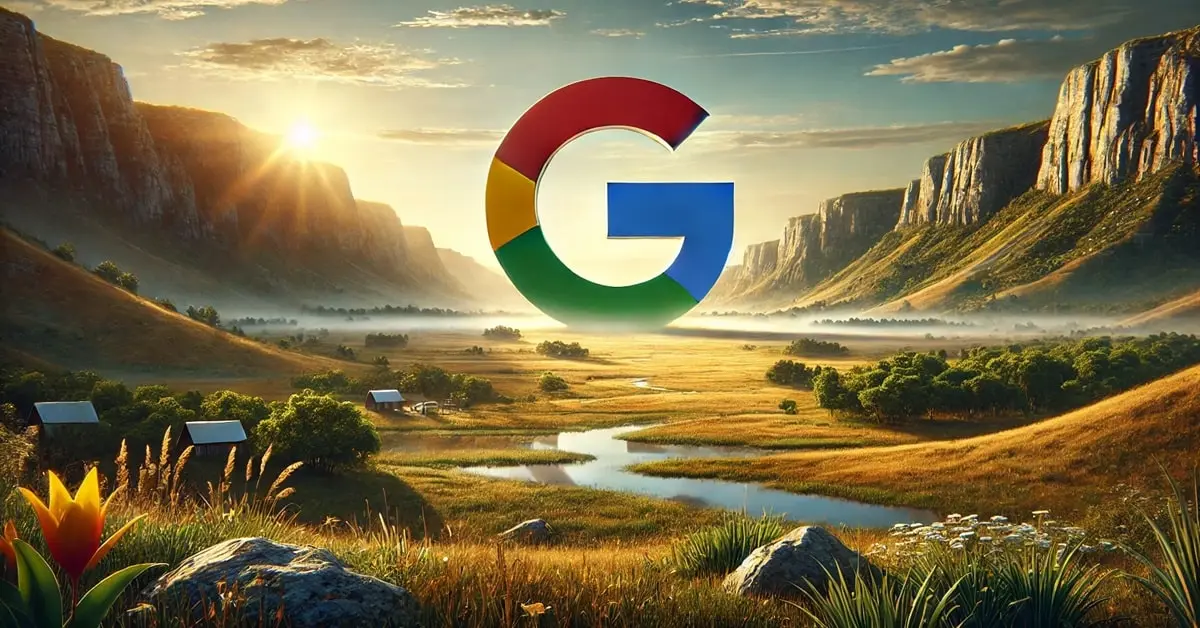
What is the Google Hummingbird Update?
The Google Hummingbird Update, launched in August 2013, marked a significant evolution in Google's search algorithm. Designed to better understand the intent behind users' search queries, Hummingbird was a move towards a more natural, conversational approach to search. Unlike updates like Panda and Penguin, which refined existing components of the algorithm, Hummingbird represented a complete overhaul aimed at improving the way Google interpreted search requests.
Why Was the Hummingbird Update Important?
The Hummingbird Update was critical for several reasons:
Enhancing Search Accuracy:
It allowed Google to better understand the nuances and context of search queries, leading to more accurate and relevant search results.
Focusing on User Intent:
By deciphering the intent behind queries, Hummingbird helped in delivering search results that more closely matched users' actual needs and questions.
Promoting Natural Language Processing:
The update was a significant step forward in natural language processing, allowing for a more conversational interaction between users and Google search.
How Did the Hummingbird Update Work?
Google's Hummingbird Update introduced a new algorithm capable of parsing the context and intent behind queries, not just the individual keywords. Here's what made it effective:
- Contextual Understanding: Hummingbird looked at the whole query context, rather than parsing through individual words, to understand search intent.
- Knowledge Graph Integration: It leveraged Google's Knowledge Graph to provide direct answers to queries right at the top of search results, making information access quicker and more efficient.
- Long-Tail Keyword Optimization: The update placed greater emphasis on long-tail keywords, reflecting a shift towards optimizing for natural, conversational queries.
The Lasting Impact of Hummingbird
The principles introduced by the Hummingbird Update continue to underpin Google's search algorithm today:
- Natural Language Processing Advances: Hummingbird's emphasis on understanding intent has paved the way for further advancements in natural language processing and machine learning in search.
- Focus on Conversational Search: The update has encouraged the optimization of content for voice search and conversational queries, reflecting the growing use of digital assistants.
- User-Centric Search Results: Google continues to refine its algorithm to better match search results with user intent, making each search more personalized and relevant.
Optimizing for the Hummingbird Update
To align with the Hummingbird Update, focus on the following strategies:
- Understand User Intent: Research and understand the intent behind your target audience's search queries to better meet their needs.
- Create Conversational Content: Optimize content for natural language and conversational queries, especially with the rise of voice search.
- Use Long-Tail Keywords: Incorporate long-tail keywords into your content to capture the full context of search queries.
- Focus on Comprehensive Content: Provide in-depth, valuable content that answers questions and provides solutions, aligning with the query's intent.
Embracing these strategies can help your content remain relevant and accessible in a search landscape increasingly dominated by natural language processing and intent-based search.
For additional guidance on optimizing your content for today's search engines, the Google Search Central Blog offers insights into creating user-focused content that aligns with Google's search advancements.
Explore more key Insights
Are you ready to go beyond basic SEO terms like Panda Update, Penguin Update or tips for mastering the latest google algorithm updates? Dive into the world of SEO with our comprehensive Glossary.
Leadsleader, the online marketing agency specializing in SEO, SEO consulting, and digital marketing. We significantly enhance the visibility of your website in search engines and employ strategic digital marketing tactics to generate qualified leads.








